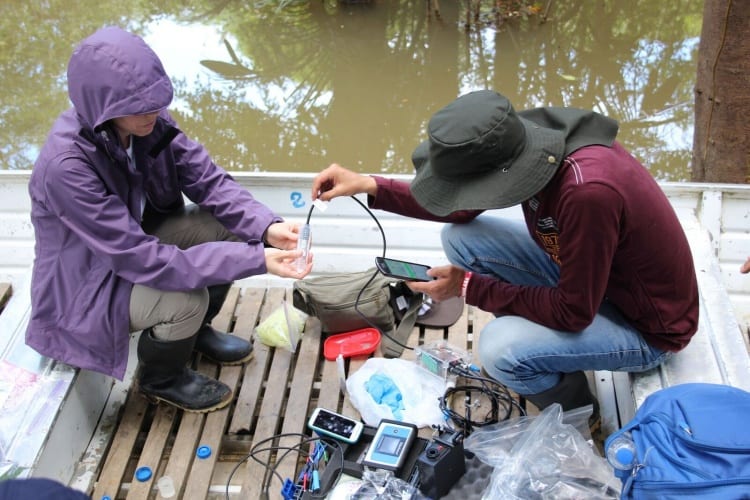Multisensing device maps water contamination in rural Colombia

An electrochemical device developed at Bath University is being used in rural Colombia to detect water contamination and help map problem areas.

The device measures four key physicochemical variables in water, namely pH levels, conductivity, temperature and dissolved oxygen. It also monitors the presence of heavy metals in water, including mercury. Developed in conjunction with Colombia’s University de Los Andes, the system features a mobile app that uploads the readings in real time to a web-based platform. This allows authorities and members of the public to see where contamination is at its worst, potentially tackling its root causes.
“The novelty of this device lies mainly on the electrochemical detection and on the interactive process and display of the data,” Dr Mirella Di Lorenzo, project lead and senior lecturer at Bath’s Department of Chemical Engineering told The Engineer.
Register now to continue reading
Thanks for visiting The Engineer. You’ve now reached your monthly limit of news stories. Register for free to unlock unlimited access to all of our news coverage, as well as premium content including opinion, in-depth features and special reports.
Benefits of registering
-
In-depth insights and coverage of key emerging trends
-
Unrestricted access to special reports throughout the year
-
Daily technology news delivered straight to your inbox











Water Sector Talent Exodus Could Cripple The Sector
Maybe if things are essential for the running of a country and we want to pay a fair price we should be running these utilities on a not for profit...